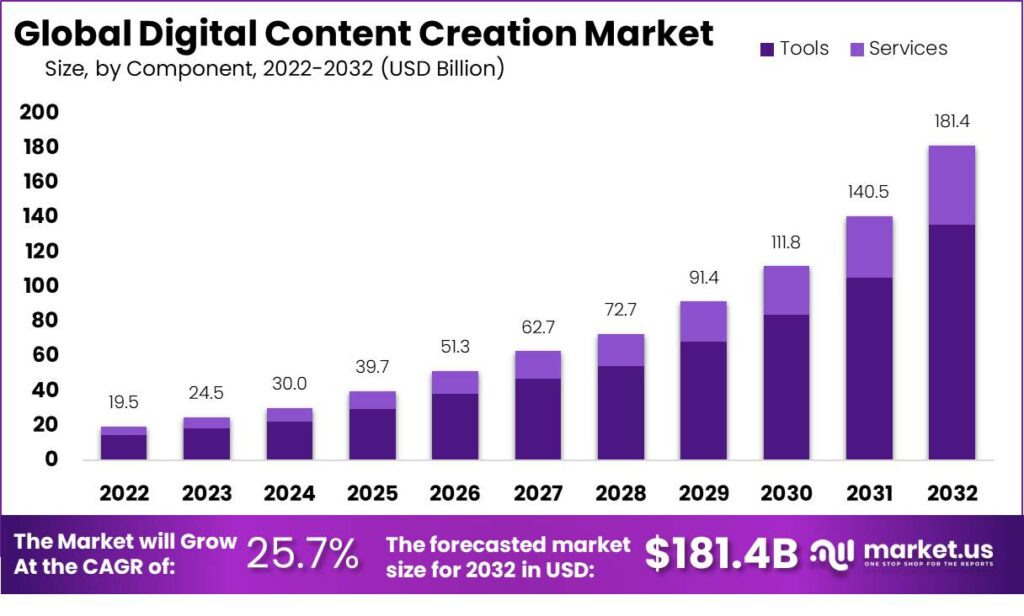Mobile devices have become crucial to our lives in the current digital era. We largely rely on smartphones and tablets to suit our everyday demands, from communication to entertainment shopping to productivity. As a result, organizations worldwide realize how crucial it is to approach their digital initiatives with a mobile-first attitude. The creation of mobile apps has become an essential instrument for boosting corporate performance and maintaining a competitive advantage in the marketplace. In this post, we will discuss the idea of a mobile-first attitude, its advantages, and how it may change your business.
The Mobile-First Mindset: What Does it Mean?
The phrase “mobile-first” describes a design and development strategy in which the mobile experience comes first, ahead of desktop or other platforms. This paradigm shift recognizes the prevalence of mobile devices in the current digital ecosystem. Businesses adopting a mobile-first approach put mobile consumers first rather than considering mobile as an afterthought.
Key Principles of a Mobile-First Mindset:
- Prioritize Mobile Users: Recognize that a sizable section of your audience uses mobile devices to access your services. Ensure a smooth and user-friendly experience for them.
- Responsive Design: Create websites and programs that adjust to various screen sizes and orientations to offer the best user experience on any device.
- Performance Optimization: Improve the speed and effectiveness of mobile app performance. Apps that take a long time to launch might make users angry and leave.
- User-Centric Design: Design user-friendly interfaces, simple navigation, and minimalistic layouts with a user experience (UX) focus to satisfy the preferences of mobile users.
- App Development: Create mobile applications that meet particular demands to increase user engagement and adherence.
Now that we are clear on a mobile-first attitude let’s explore why it is so important for organizations in the current digital environment.
The Business Case for a Mobile-First Mindset
-
Widespread Mobile Adoption:
The widespread usage of smartphones is the main argument in favour of adopting a mobile-first attitude. By 2023, 3.8 billion people are expected to use smartphones globally, according to Statista. Firms may access a sizable market by creating mobile apps suited for this audience.
-
Enhanced User Experience (UX):
In the digital age, user experience is crucial. Mobile customers need applications that load quickly, are responsive, and are easy to use. Businesses can deliver a fantastic user experience and increase user happiness and retention rates by concentrating on mobile-first design.
-
Competitive Advantage:
It’s crucial to keep one step ahead of the competition in today’s competitive business environment. Your company may get a competitive edge by using a mobile-first strategy to ensure your digital solutions are usable and enticing to mobile consumers.
-
Improved SEO Performance:
Search engines like Google give mobile-friendly websites and applications preference in their ranks. You may improve your user experience and SEO performance by adopting a mobile-first attitude, increasing your online exposure and traffic.
-
Higher Conversion Rates:
When they have a pleasant experience, mobile users are more likely to become clients. Mobile applications may simplify the buying process, making it simpler for consumers to acquire goods or services, resulting in greater conversion rates and more money made.
Implementing a Mobile-First Strategy
Now that we know why adopting a mobile-first attitude is crucial let’s examine how companies may successfully apply this strategy:
-
Audience Research:
Start by comprehending the mobile habits of your target market. What tools do they employ? What are their inclinations and problems? This study will inform your design and development decisions for mobile apps.
-
Responsive Design:
Invest in responsive web design to ensure your website adjusts to different screen sizes without a hitch. This strategy ensures a uniform user experience regardless of the device used to visit your website—a desktop, a tablet, or a smartphone.
-
Mobile App Development:
If creating a mobile app can further your company’s objectives, consider doing so. Mobile applications present a singular chance to interact with consumers, deliver individualized experiences, and get access to capabilities that are special to a given device, such as geolocation and push notifications.
-
Performance Optimization:
Keep an eye on performance and regularly tweak your mobile applications and website. Slow-loading pages and problematic apps may turn users off. Use strategies like image optimization, content delivery networks (CDNs), and effective coding approaches to ensure speed and dependability.
-
User-Centric Design:
Invest in user-centric design concepts to build user interfaces that are clear and appealing to the eye. Conduct user testing and collect feedback to improve your app or website continuously.
-
Cross-Platform Compatibility:
While native apps provide a customized experience, you may save time and costs while providing a consistent user experience across various platforms using cross-platform development frameworks like React Native or Flutter.
-
Security and Privacy:
You secure user data, be sure you implement strong security measures and privacy procedures. Security lapses may undermine confidence and harm the reputation of your company.
-
Analytics and Iteration:
Utilize analytics software to monitor user involvement and activity. Utilize this information to develop and enhance your mobile website or app continuously.
Real-World Success Stories
Several firms have effectively adopted a mobile-first approach to boost performance. Here are a few noteworthy instances:
-
Uber:
By providing a handy smartphone app that made it easy for users to book trips, Uber transformed the transportation sector. Thanks to its mobile-first strategy, it upended conventional taxi services by allowing customers to hail a ride with only a few clicks.
-
Instagram:
Instagram, a platform for sharing photos solely on mobile devices, has always placed a premium on the mobile user experience. The app’s user-friendly layout and emphasis on visual material facilitated quick user uptake and, ultimately, Facebook’s acquisition.
-
Amazon:
The rise of Amazon has been significantly aided by its mobile app. They regularly improve their app, which offers functions like voice search and one-click purchase, to provide a smooth shopping experience.
-
Starbucks:
Customers may buy and pay for their beverages in advance thanks to Starbucks’ mobile ordering and payment integration into their app. This innovation greatly enhanced the customer experience, which also increased sales.
Conclusion
Adopting a mobile-first approach is now optional but essential for organizations in a world where mobile devices are an extension of ourselves. It’s important to prioritize mobile consumers and provide outstanding experiences, not only to have a mobile presence. Businesses that do this can access a sizable market, acquire a competitive edge, and eventually speed up their performance. The mobile-first strategy is essential for prospering in the digital era, whether through responsive site design or mobile app development. So, if you haven’t already, it’s time to adopt the mobile-first revolution and change your perspective. Your clients are checking their devices for you.






